Mens suits were surprisingly conservative. Grey flannel suits were common worn with shirt tie and pocket handkerchief.
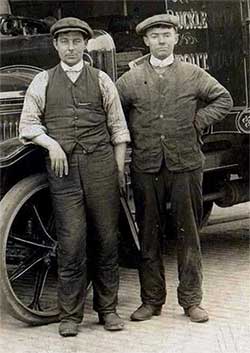
How Working Class Men Spent Their Time In The Early 1900s
The common utilitarian dress for laboring men before the twentieth century was made up of breeches or trousers jackets and waistcoats of hard-wearing materials such as moleskin fustian or corduroy.
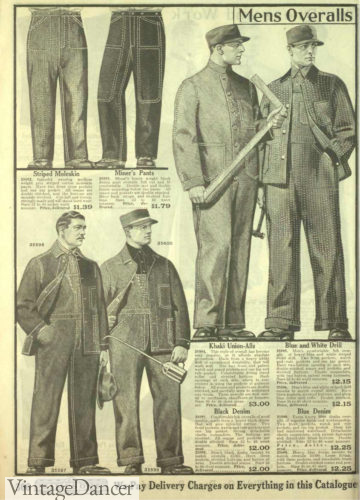
. Men wore matching coats waistcoats and trousers with hairstyles characterised by large mutton-chop side-burns and moustaches after the style set by Prince AlbertShirts had high upstanding collars and were tied at the neck with large bow-tiesHigh fastening and tight fitting frock coats were also very fashionable. If not dressed for manual labor in the early 1900s men generally wore three-piece suits jacket trousers and waistcoat or vest with high round-collared white shirts neckties and derby or bowler hats. Summer versions appeared in linen heavy cotton or seersucker.
Working men wore vests of heavy cotton or denim. As factories and industries grew farmers provided the food and agricultural resources that helped sustain life. Suits in neutral colors were paired with skinny ties and knit square-bottomed ties were the it thing.
Even though the early 1900s were a time when urbanization was growing like wildfire and cities were popping up all over the map rural farming was still an important occupation of the working class. Hair was worn with a side parting but slicked back with Brill cream. Working Clothes and Fashion.
Upper class men wore silk or wool broadcloth vests. Other popular pieces in menswear included slouchy pleated trousers. There were certain magazines especially made for people in the working class such as Mabs.
Costume and fashion in the decade 19001909. Tweed or check jackets worn with non-matching trousers were also popular and open collars were permitted for casual wear. Modish and symbolic use of working-class dress entered general consumption in various ways and in general over the last three centuries.
There has been a significant flow of garment types and textiles from utilitarian and. Though a new style called the sack coat a thigh-length loosely. The Working Class in the Early 1900s.
In some situations working women were the. The colors were often in sweet pastels or a traditional set of a white blouse and a black skirt. Up to 24 cash back Homemade clothing including homemade dressmaking was very common within this class.
Womens fashion was neat covering and detailed with ruffles buttons and lace in layers. Fashionable Londoners in front of Harrods 1909. Broadcloth also used for jackets and trousers is a large piece of wool that is felted or shrunk in hot soapy water creating a fabric with no visible weave.
Only the richest people were able to afford Paris fashions so many American designers became popular during the 1930s when money was tight. Jan 10 2020 - Explore Amy Drowns board Mens Fashion 1900-1929 followed by 441 people on Pinterest. Some men including younger men donned sack suits similar to modern business suits all day.
Mens fashions still revolved around the suit. As mentioned the early 20th century was defined by a conservative fashion in combination with nature. See more ideas about fashion 1900 mens fashion fashion.
The trailing skirts which were very tight showing skin and broad-brimmed hats of mid-decade narrower dresses and hats with deep crowns. Men wear top hats with formal morning dress or bowlers with lounge suits. When men werent working they would pair graphic-print button-downs with slacks for a go-to ensemble that was appropriate almost anywhere.
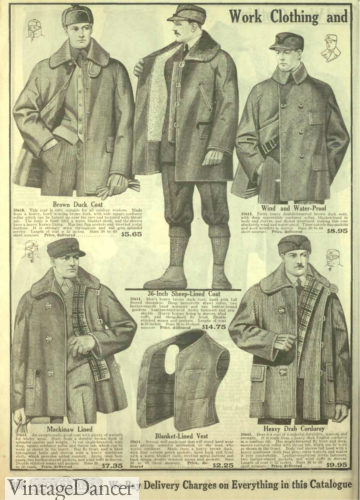
1910s Men S Working Class Clothing
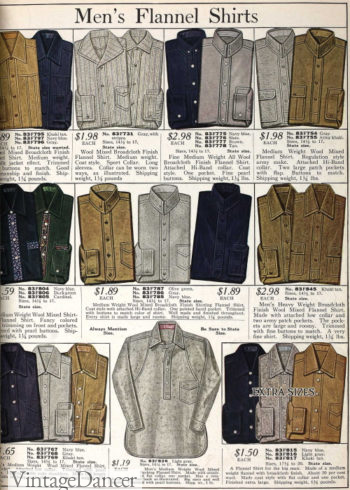
1910s Men S Working Class Clothing
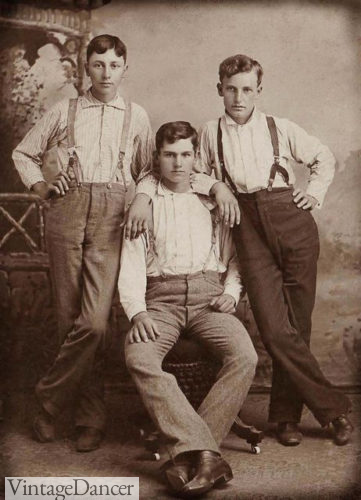
1910s Men S Working Class Clothing

1910s Men S Working Class Clothing
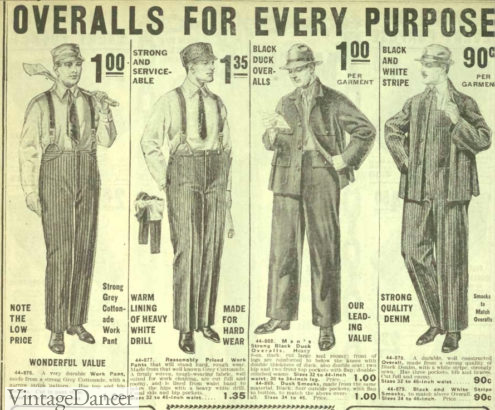
1910s Men S Working Class Clothing
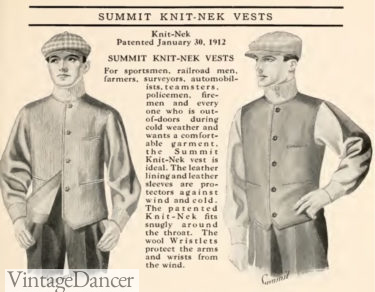
1910s Men S Working Class Clothing
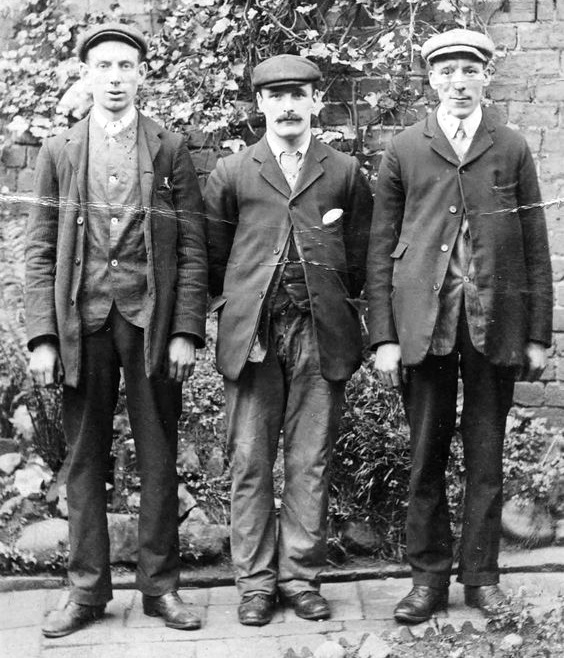
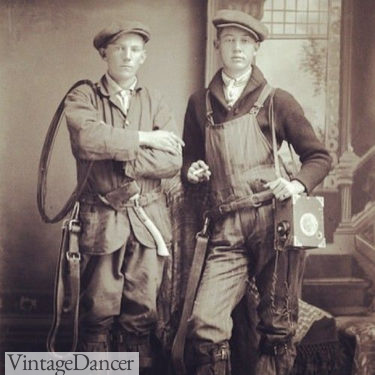
0 comments
Post a Comment